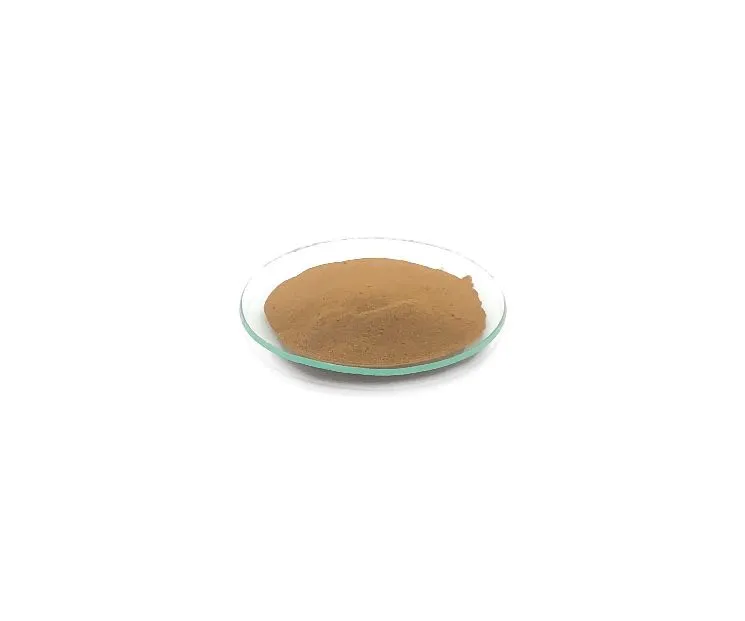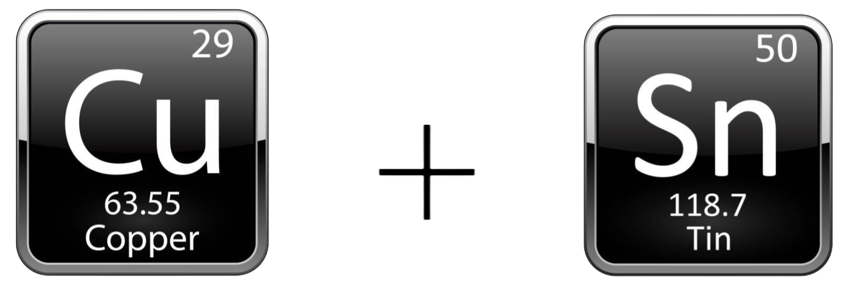

| TRADE NAME | COPPER % | TIN % | ZINC % | PARTICLE SIZE MICRON | A. D. (g/cm3) | T. D. (g/cm3) | OXYGEN % | MORPHOLOGY |
|---|---|---|---|---|---|---|---|---|
| BN-9010 | 89-91 | 9-11 | 1-2 | <53 | 3.4-3.7 | 4.1-4.4 | <0.4 | IRREGULAR |
| BN-8515 | 84-86 | 14-16 | 1-2 | <53 | 3.5-3.8 | 4.3-4.6 | <0.4 | IRREGULAR |
| BN-8020 | 79-81 | 19-21 | 1-2 | <53 | 3.6-3.9 | 4.4-4.7 | <0.4 | IRREGULAR |
| BN-6040 | 59-61 | 39-41 | 1-2 | <53 | 4.2-4.5 | 4.9-5.2 | <0.4 | IRREGULAR |